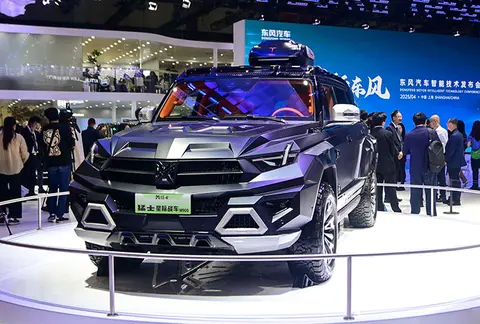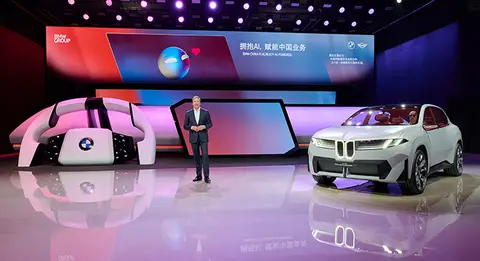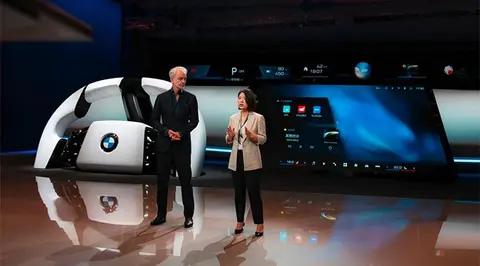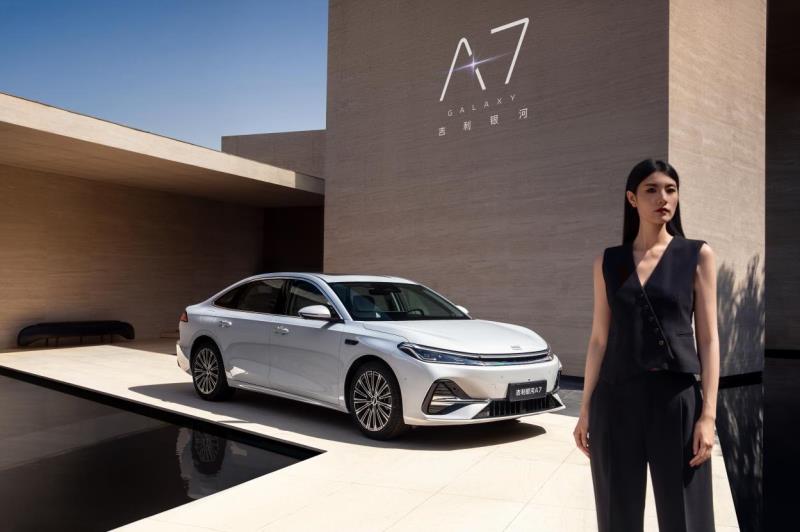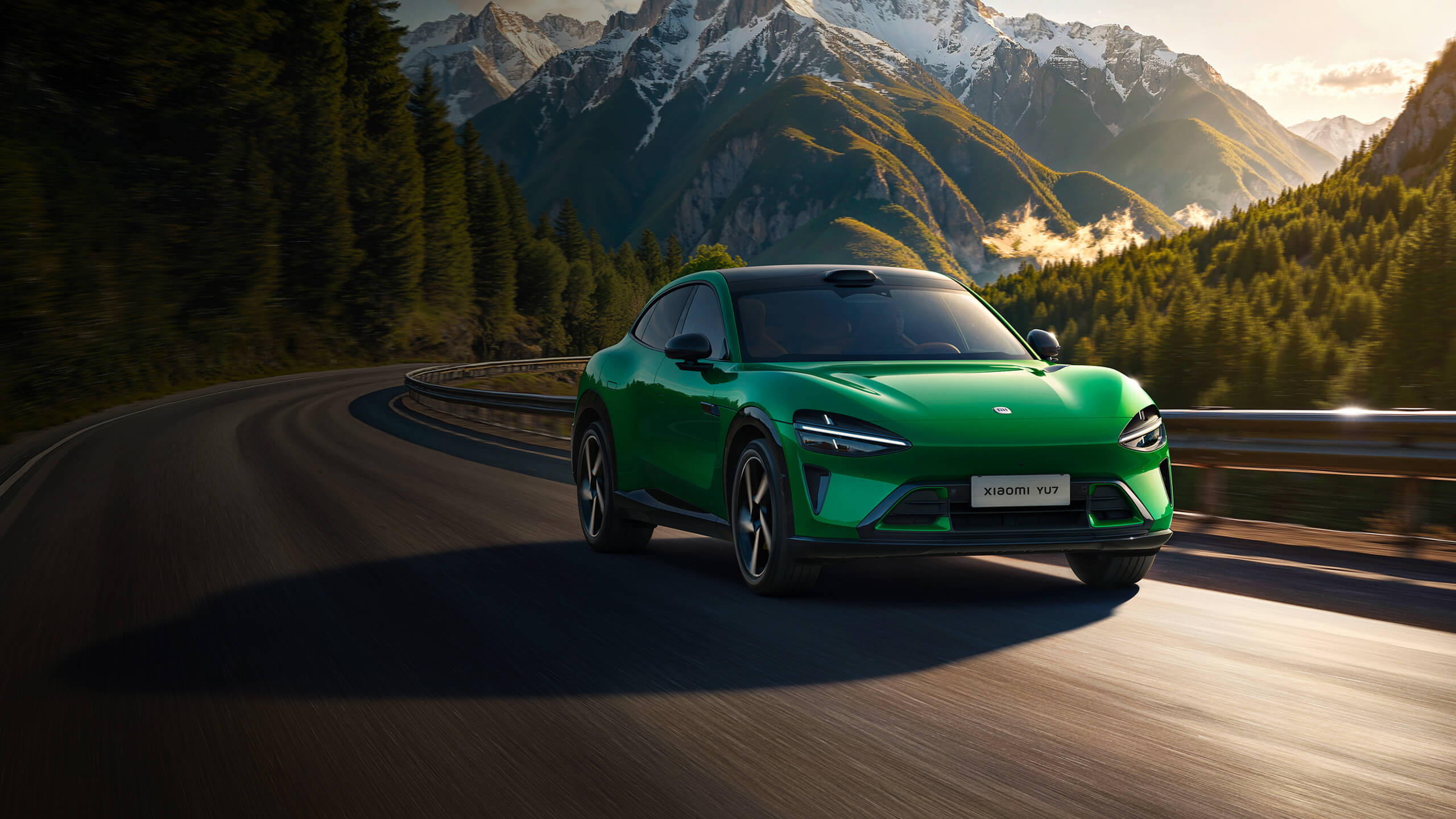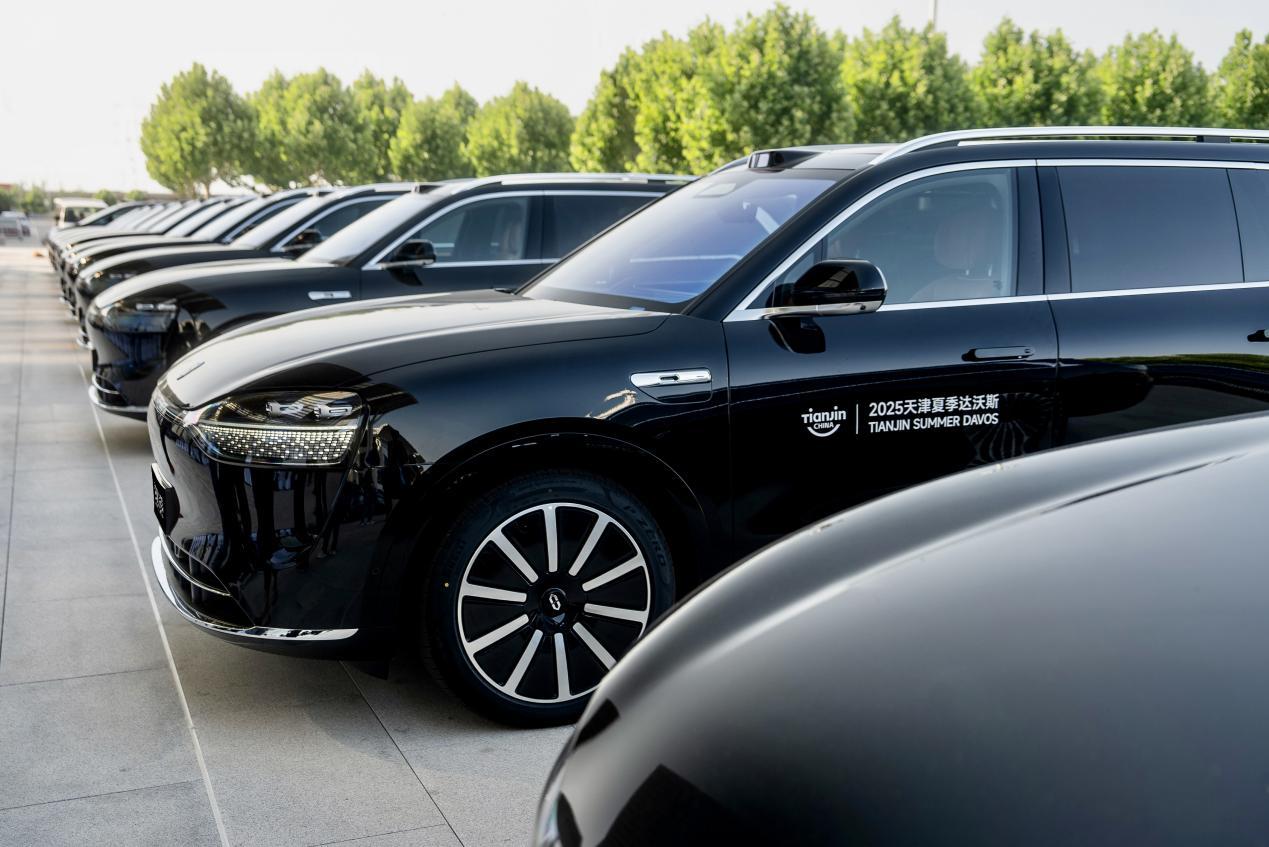News
NIO Firefly Starts at $11,120: Can Lower Prices Drive Sales?
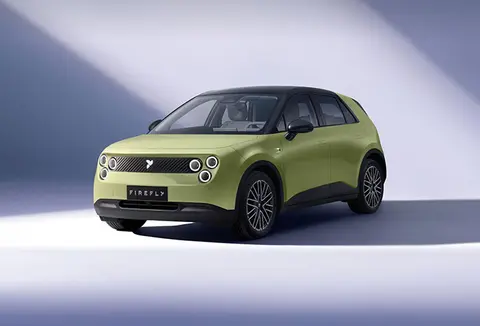
From a pricing perspective, the BaaS plan effectively cuts the total vehicle acquisition cost by 33%. Coupled with limited-time offers in June—like the “Pay 4, Get 1 Free” promotion for the first three years of battery rental—users can save approximately $389 during this period ($55.60 × 7 months). This strategy maintains the Firefly brand's premium image while avoiding direct price wars with micro cars like the Wuling Hongguang MINI EV.
Exterior Design: Unique Biomimicry, Compact and Individualistic

The Firefly features a biomimicry-inspired design, standing out amidst homogenized automotive aesthetics. Its triple-ring headlights and 92L tiered, water-drainable front trunk cater to Gen Z's demand for individuality while addressing urban driving challenges. For consumers who enjoy road trips or need ample storage space for daily errands, this front trunk design offers practical flexibility.

In terms of dimensions, the vehicle measures 4003/1781/1557mm, with a 2615mm wheelbase offering better space utilization compared to the Volkswagen ID.3. Rear legroom reaches 820mm, ensuring sufficient interior comfort despite its small car classification. The compact size is ideal for urban commuters, making navigation through crowded streets and parking easier without compromising interior space.
Performance: Efficient Power for Urban Commutes

The Firefly adopts a rear-wheel-drive single motor setup, delivering 143 horsepower and 200 Nm of torque. It achieves 0-100 km/h acceleration in 8.2 seconds and a top speed of 150 km/h, which is more than adequate for urban commuting. This also enhances energy efficiency.
The Firefly is equipped with a 42.1 kWh battery pack, offering a CLTC range of 420 km—sufficient for most consumers' weekly commuting needs. Its battery-swapping architecture further alleviates range anxiety for users.
Technology and Safety Features: Advanced Tech and Reliable Safety
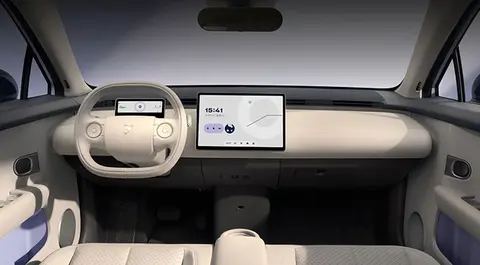
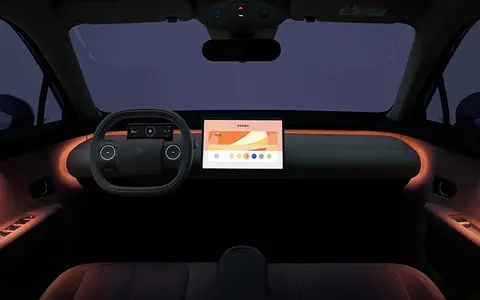
The Firefly integrates the Aster intelligent vehicle system, featuring a 13.2-inch 2.5K central touchscreen and a 6-inch fully digital instrument cluster. The interface is intuitive, supporting two-finger touch commands, and the system startup is swift. Powered by Horizon Journey 5 chip with 128 TOPS computing capacity, it offers advanced driver-assistance features like high-speed NOP navigation and comprehensive automatic parking.
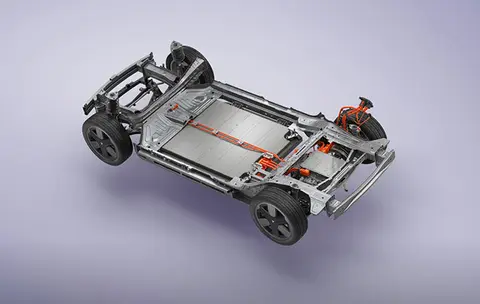
Safety-wise, the vehicle utilizes a steel-aluminum hybrid body with 83.4% high-strength materials and submarine-grade rear beams rated at 2000 MPa. It has a torsional rigidity of 35,700 Nm/deg. Standard features include nine airbags and 13 active safety systems, such as AEB emergency braking and AES high-speed obstacle avoidance. Its 42.1 kWh LFP battery has undergone 245 extreme tests and supports NIO's fifth-generation battery-swapping technology.
Competitor Analysis
BYD Dolphin: Cost-Effectiveness and Market Share
The BYD Dolphin is a popular player in this segment, with overlapping price points and additional subsidies in some regions. It offers multiple range options to cater to diverse consumer needs. BYD’s strong reputation, reliable after-sales service, and widely recognized EV technology make it a formidable competitor.
Geely Galaxy Wish: Futuristic Design and Tech Highlights
The Geely Galaxy Wish also targets the small EV market with a futuristic design that appeals to younger buyers. It features advanced driver-assistance systems and connected car technology, similar to the Firefly. Geely’s push toward premium branding adds competitive weight.
BMW MINI Electric: Brand Prestige and Driving Dynamics
The BMW MINI Electric leverages strong brand value, iconic British styling, and exceptional handling. Its customizable options allow buyers to create unique vehicles. However, its higher price and limited range may constrain its market appeal compared to the Firefly.
Impact of BaaS on Sales
The BaaS rental plan significantly lowers the Firefly's entry price to $11,120, making it highly attractive for budget-conscious buyers seeking high-quality EVs. Young professionals and newly formed families, often with limited savings, can benefit from reduced upfront costs and predictable monthly expenses.
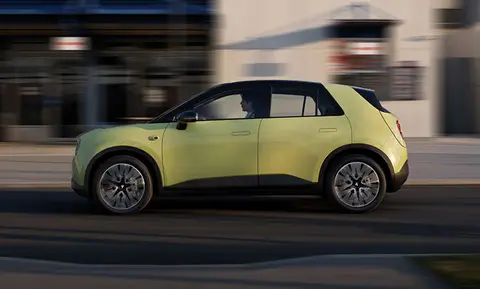
With a monthly battery rental fee of $55.60 and the “Pay 4, Get 1 Free” promotion, users enjoy long-term cost advantages. Compared to traditional ICE vehicles, owners avoid fuel costs and battery degradation concerns. For high-mileage users, the savings are even more pronounced. For example, with a daily commute of approximately 50 km, monthly costs for electricity and battery rental could total only a few hundred dollars, whereas fuel expenses for a similar ICE vehicle may exceed $139. This cost disparity encourages EV adoption and fosters brand loyalty.
Additionally, the BaaS arrangement allows users to upgrade their batteries as technology advances, ensuring their vehicle remains competitive and valuable over time. For instance, if a new battery offering 50% greater range becomes available, Firefly owners can upgrade without replacing the entire vehicle. This flexibility enhances long-term product value and keeps the Firefly technologically relevant.
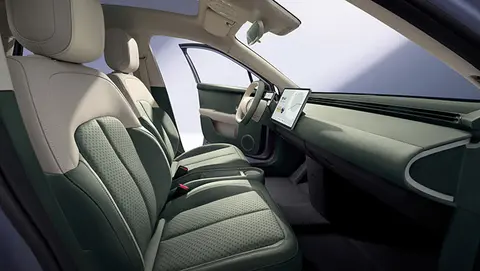
Such upgrade possibilities not only attract tech-savvy consumers but also differentiate Firefly from competitors lacking similar options. This ensures the Firefly remains appealing to buyers seeking cutting-edge innovations and sustainable value.
Conclusion:

With its unique design, urban-friendly performance, and cost-efficient BaaS plan, the Firefly holds strong potential in the sub-$14,000 small EV market. Despite competition from models like the BYD Dolphin, Geely Galaxy Wish, and BMW MINI Electric, Firefly's strategic pricing and innovative features make it a compelling choice. As NIO continues to expand its battery-swapping network and enhance services, the Firefly may secure a prominent position in the market, offering consumers a high-quality and affordable EV option.


